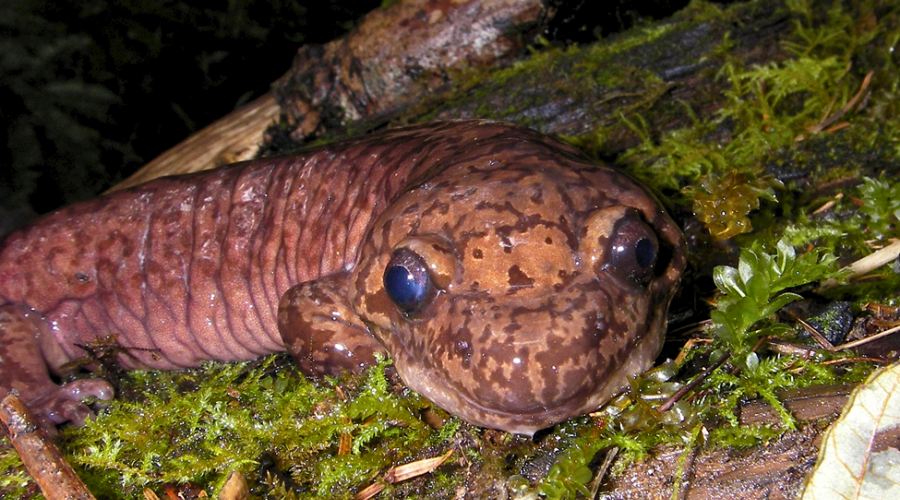Bird-Friendly Seasons for Vegetation Work
Interested in wildlife-friendly fuels reduction around your home and community? Winter is a great time to cut, pile, and burn, biochar burn, or mulch your woody debris, ahead of the bird breeding season!
Northern Flicker peering out if its nesting cavity. Photo by Frank Lospalluto
We live in a fire-prone region, and by now we all know that it is important to remove excess flammable vegetation near buildings.
However, during April, May, and June, resident and neotropical migrant songbirds nest in shrubby tangles, dead wood, and tall grass in riparian areas, open fields, natural areas, and even in your backyard. Birds face multiple threats: cats, windows, cars, wind turbines, development, habitat loss, wildfire, and large-scale fuels reduction, which may reduce the native shrub layer which serves as important bird habitat for nesting, roosting, and wintering. There is one way we can protect nesting birds, many of whom are sliding toward extinction, which is simple. We can do our fuels reduction work outside of the bird breeding season. Also, when considering fuels reduction or forest thinning at greater distance from the home beyond the Firewise zone, substantial reduction in fuels can be done by thinning out smaller diameter overstocked conifers while retaining native shrubs, snags, and large downed wood for bird and wildlife habitat. Check out our blog article Snags, Downed Wood, and Fire for more info on wildlife-friendly fuels management.
Bewick's Wren singing atop a native shrub, buckbrush (Ceanothus cuneatus). Photo by Frank Lospalluto.
Renewed interest in addressing the infestation of Himalayan blackberry along streams has followed the Almeda Fire. Though nonnative and flammable, Himalayan blackberry does serve as nesting and roosting habitat for birds and wildlife. Native shrubs and trees provide much better resources for wildlife than nonnative blackberry. But, in their absence, during every spring, birds nest in streamside blackberry tangles. If you watch birds, you may notice that Golden-crowned Sparrows, White-crowned Sparrows, and California Quail roost in blackberry tangles all year-round. When possible, restoration work can be done in patches over time, retaining some functional shrub layer while slowly replacing non-native plants with native ones.
Wrentit perched on a Himalayan blackberry cane. Photo by Frank Lospalluto
The most bird-friendly time to treat blackberry is late summer, fall, and winter. Once the Himalayan blackberry has been substantially removed, riparian shrub and small tree plantings can help restore the nesting habitat that was once so abundant in Southern Oregon. In many locations, once you control blackberry, native shrubs and trees adapted to the site will return on their own.
We can improve our fire safety, while also retaining bird and wildlife habitat, if we prioritize our work outside of the bird breeding season, and retain native shrubs, snags, and large wood whenever possible.








